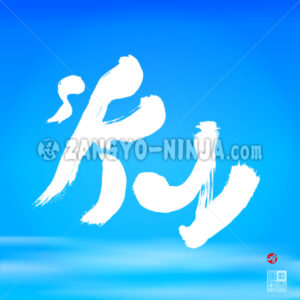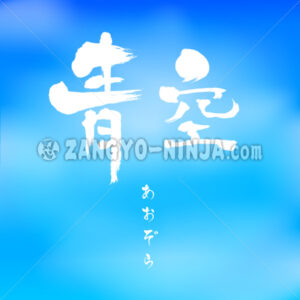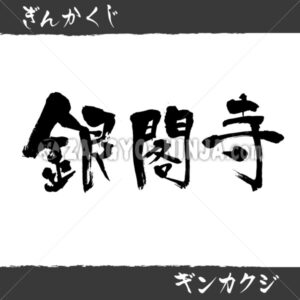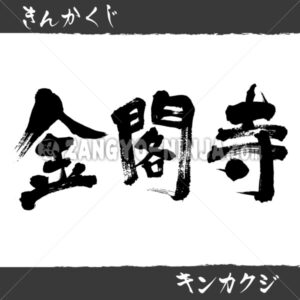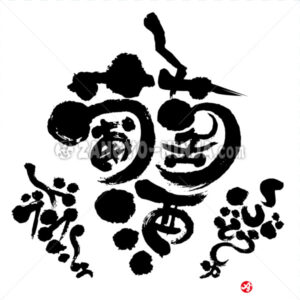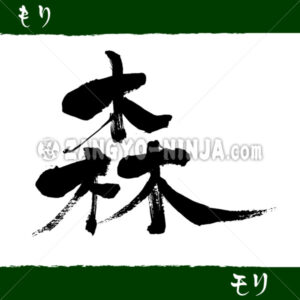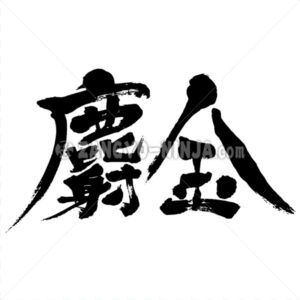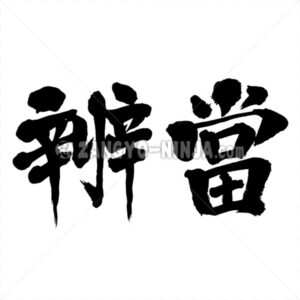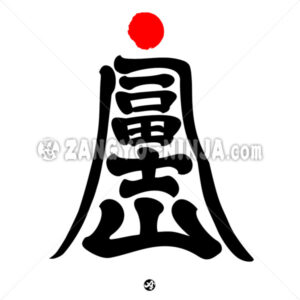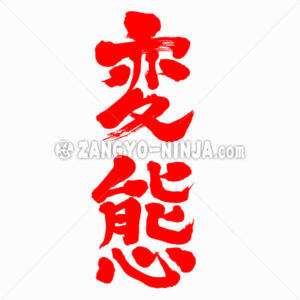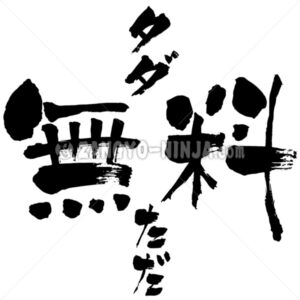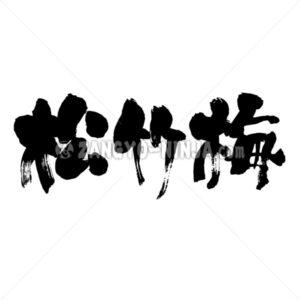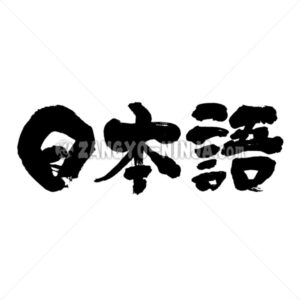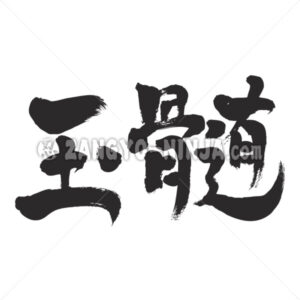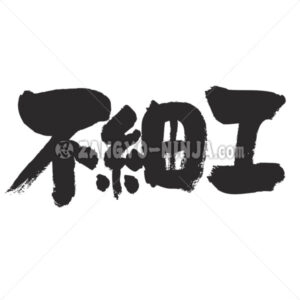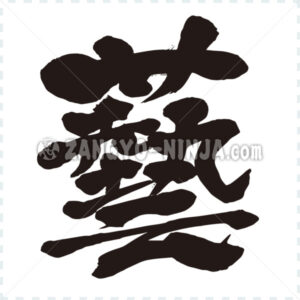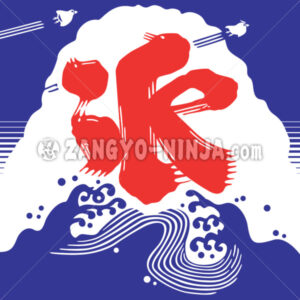
Description iCe and Natsugori(夏氷) This design is an artist’s interpretation of the traditional Japanese motif known as “Natsugori” (夏氷). When summer arrives in Japan, shops hang these flags to signal, “We’re selling shaved ice!” The word “ice” written in red at the center is actually the Japanese character for ‘ice’ (氷), rendered in bi-calligraphy—Japanese … Read More
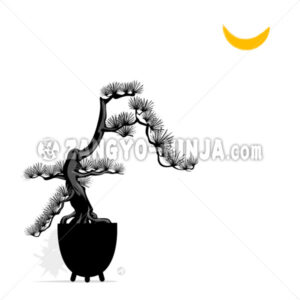
Description this work The pronunciation of bonsai was rendered with the same kanji. Typically, Bonsai is written in kanji as “盆栽.” Did the artist, after much consideration, find the standard kanji too mundane? Or did they deliberately underestimate himself, using the kanji “凡才” (meaning ordinary skill) with a touch of irony? “凡才” is written … Read More
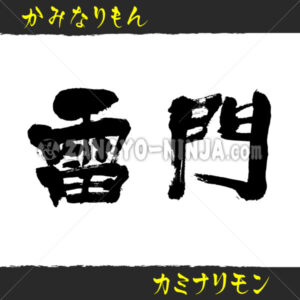
Description for Kaminarimon The name of the south gate of Sensoji Temple in Taito Ward, Tokyo, and the surrounding area. The name comes from the statues of the gods of thunder and wind placed on either side of the gate, and it is also called the Gate of Thunder. It is also a symbol … Read More

This is a vector file, but the work is drawn in an ink painting style (Suiboku Style). In Japan, the moon and the sun are represented differently. In this work, the yellow circle on the right side is the moon. The yellow circle drawn by foreigners is usually the sun, but in Japan, the … Read More
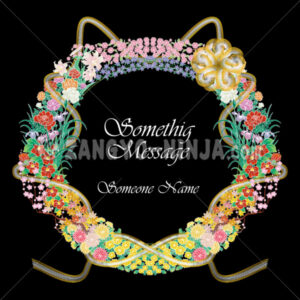
Flowers of the four seasons in Japan are depicted in a Yuzen style ring and wrapped with Mizuhiki, which is meant to be elegant and prestigious. This Mizuhiki is in the shape of a “Kemomimi”. Description for this flower ring design What’s Yuzen Yuzen is an abbreviation for yuzen dyeing, a traditional technique for … Read More
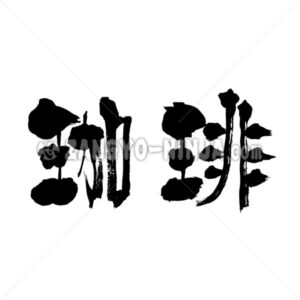
It is one of the most popular beverages in the world. It has a distinctive aroma and pleasant bitterness. Because it contains caffeine, it has a stimulant effect on the nerves. Coffee was first used as a beverage around the 6th century. Initially, coffee was popular among Arabian Muslims as a medicine to improve … Read More
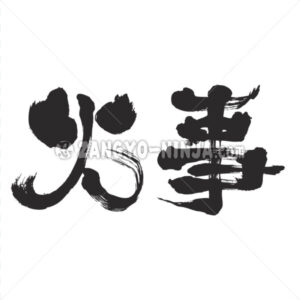
It refers to a calamity caused by fire. This refers to the burning of buildings, ships, forests, and other things useful to humans on a daily basis. It is defined by ISO (International Organization for Standardization) as “rapid combustion that is uncontrolled and expanding in time and space”. A fire is considered to have … Read More
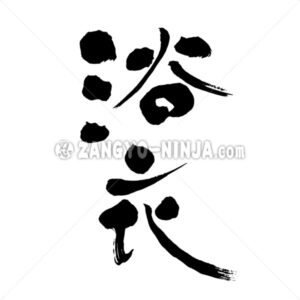
Description for Yukata clothing Yukata was originally used by aristocrats in the Heian period (794-1185) when they entered steam baths, to avoid burns from the steam. The yukata is said to have originated in the Heian period, when aristocrats wore “yukatabira” made of hemp to prevent burns from the steam. As time went by, … Read More
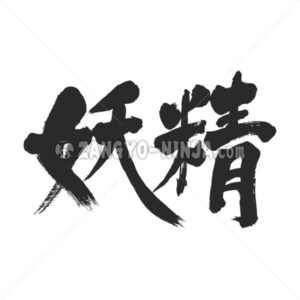
Description for fairy A supernatural being that lives in a world that is closely related to the human world and can change shape. Their beauty and ugliness, size, good and bad, and other characteristics vary greatly depending on the region and era, but in general they have a very human-like appearance and character, often … Read More

Description for Mandala Mandala, which is said to have originated in ancient India, is said to have spread to Central Asia, China, the Korean Peninsula, and Japan, and there are various types. In Japan, it is often treated as a principal image in the form of a hanging scroll. There are many different ways … Read More

A dish in which the ingredients are grilled over an open flame using charcoal fire that was created using charcoal as fuel. Charcoal fire emits far infrared rays four times as much as gas, and radiant heat directly burns ingredients. In the case of gas containing hydrogen, it generates water vapor. Charcoal, on the … Read More
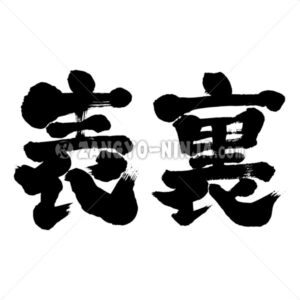
1. The front and back of an object. The outside and inside of the matter. Also, it must be in a front-to-back relationship. Positions and positions conflict with each other. 2. There is a difference between the outside and the inside. The difference between what you say and do in public and what you … Read More
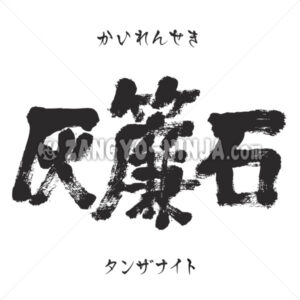
What is Tanzanite? Tanzanite was first discovered in the Merelani Mine located in the Arusha region of Tanzania, East Africa. It is a stone formed when vanadium, a type of mineral, entered the rock through some process. Its most distinctive feature is its pleochroism, appearing blue to purple. This phenomenon is extremely rare, meaning … Read More
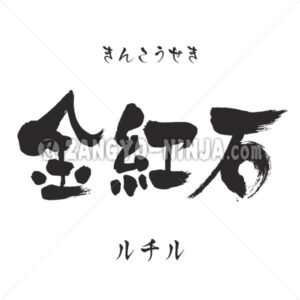
Description for Rutile A type of titanium dioxide, it comes in colors such as red, gold, black, yellow, and green. The inclusions in platin rutile are plate-like titanium. Rutile is a common accessory mineral in igneous and metamorphic rocks, containing about 60% metal. It is an important ore mineral for titanium and is also … Read More
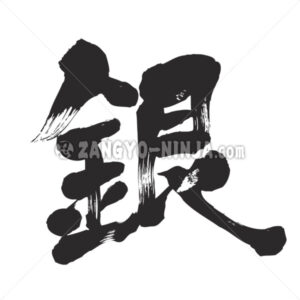
Explanation of Silver It belongs to the 11th group of the periodic table, and its simple substance is a bluish-white metal with a beautiful luster, and is lined up with gold as a precious metal. Silver is a metal that has been known for a long time, as the scene of trading in silver … Read More


